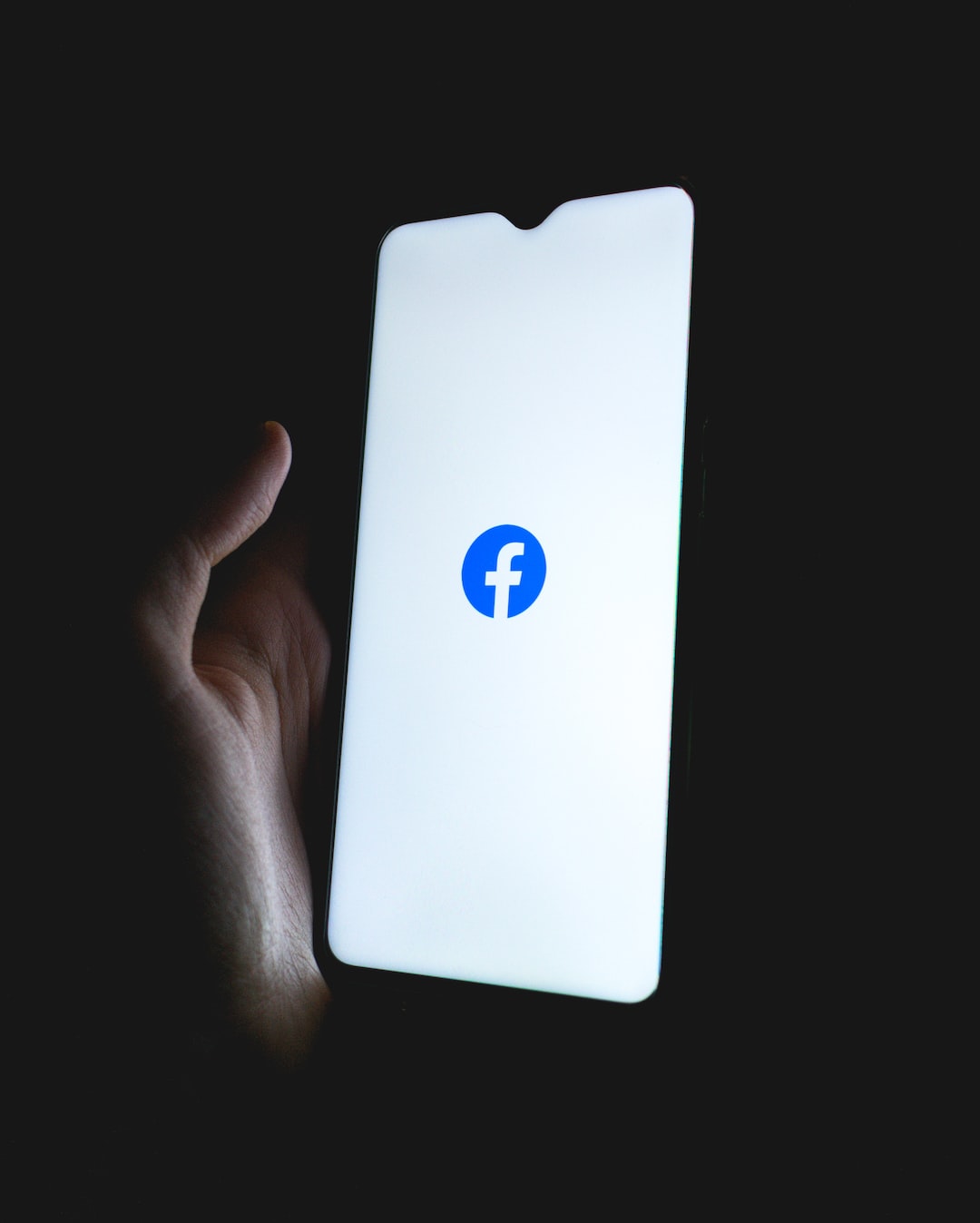The Psychology of Viral Content: Why Some Campaigns Take Off While Others Fail
In today’s digital age, creating viral content has become the holy grail for marketers. There is a certain fascination with the idea of a campaign spreading like wildfire, capturing the attention of millions, and generating buzz around a brand. But how do some campaigns achieve this unprecedented level of success while others fall flat?
The answer lies in understanding the psychology behind viral content. It goes beyond luck or chance – there are specific factors and strategies that can significantly increase the chances of a campaign going viral.
1. Emotional Appeal: One of the key drivers of viral content is its ability to evoke strong emotions. Whether it’s laughter, awe, or even anger, emotions play a crucial role in capturing the attention of the audience and spurring them to share the content with others. Research has shown that positive emotions tend to drive sharing more than negative ones, which is why heartwarming or humorous campaigns often go viral.
2. Relatability: Viral content often taps into universal themes and experiences that people can relate to. The more people can see themselves or their own lives reflected in the content, the more likely they are to share it. This relatability factor creates a sense of connection and belonging, making people eager to share the content with their friends and family.
3. Novelty and Surprise: Humans are naturally drawn to novelty and surprise. When a campaign presents something unexpected or unique, it piques people’s curiosity and holds their attention. Capturing this element of surprise can make content more shareable, as people want to share their excitement about discovering something new or fascinating.
4. Simplicity and Easy Consumption: Viral content tends to be easily digestible and shareable. It is concise, clear, and often visual in nature. With the average attention span becoming shorter, content that can be understood and appreciated quickly has a higher chance of going viral. If the message is too complex or convoluted, people may be less likely to share it.
5. Personal Relevance: People are more likely to engage with and share content that feels personally relevant to them. This could be content that aligns with their values, tackles a topic they are passionate about, or addresses a pain point they experience. When a campaign speaks directly to the target audience’s needs or desires, it has a greater chance of resonating and going viral.
6. Social Proof: Social proof is a powerful psychological motivator that influences people’s behavior. When individuals see others engaging with and sharing a piece of content, they are more likely to do the same. This is why campaigns often incorporate social proof elements, such as displaying the number of shares or highlighting positive comments from others – it signals to the audience that the content is worth spreading.
7. Influencers and Communities: Leveraging the power of influencers and communities is another effective strategy for creating viral content. Influencers have established trust and credibility with their followers and can amplify the reach of a campaign. Engaging with existing online communities that are relevant to the content can also increase the likelihood of it going viral within those groups.
8. Timing and Trending Topics: Being aware of current events, trends, and cultural moments can significantly increase the chances of a campaign going viral. Tapping into topical conversations or creating content that capitalizes on a particular trend can help capture the attention and interest of a wide audience.
While these psychological factors and strategies can increase the probability of a campaign taking off, it is essential to remember that there is no foolproof formula for creating viral content. The viral nature of content is still somewhat unpredictable and can be influenced by factors outside of our control, such as luck or timing. However, understanding the underlying psychology can help marketers create more engaging, share-worthy content that has a higher likelihood of going viral.

